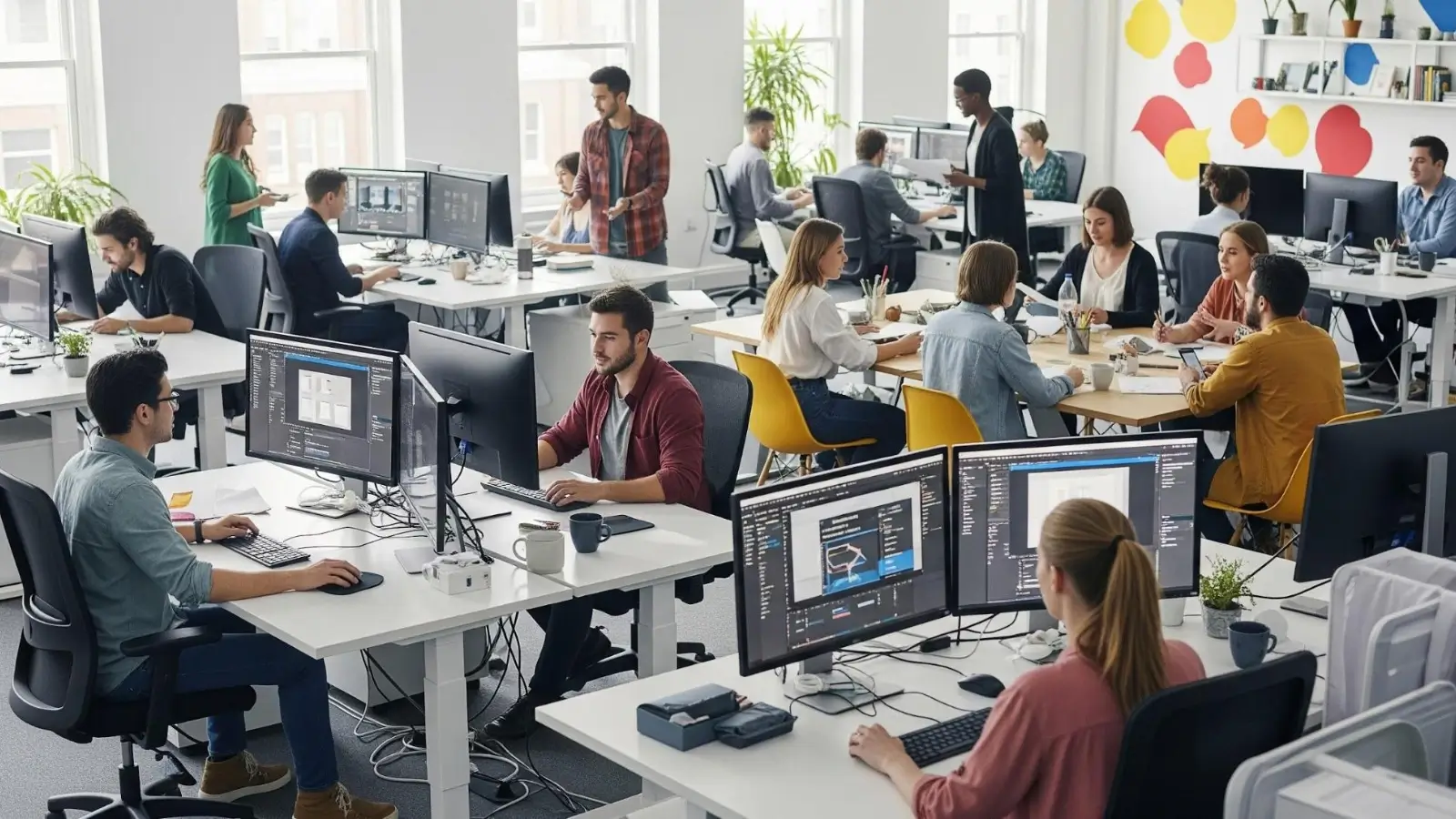


Ever-increasing business sector competition mandates the need for greater agility, efficiency, and innovation. These goals demand inventive approaches to workflow management. Smart leaders understand the power of harnessing design technology to create custom workflow solutions.
Effective design tools streamline operations, facilitate collaboration, and foster connections. These technologies ensure that all company stakeholders, from managers to customers, meet quarterly benchmarks, whether it's performance rates or average orders per customer.
Learn how to integrate design tech to create dynamic, responsive, and human-centric workflow models.
One of the most immediate impacts of design technology is its ability to streamline operations.
Suppose you have a landscape design company. Every dollar counts; without tools like DynaScape Design, you could find yourself operating at a loss by wasting precious resources on trial and error. Creating digital landscape models to test your designs can save a considerable amount on operational costs.
Design tools with AI integrations also optimize workflows by automating repetitive and time-consuming tasks like data entry, scheduling, and design variations. This frees up human capital for more strategic, creative, and problem-solving endeavors.
Furthermore, 3D printing and sophisticated CAD software accelerate prototyping and iteration cycles. designers can create, test, and refine work in less time, bringing more quality products to market faster and at a lower cost.
These solutions are supported by robust data management systems that automate and centralize advanced analytics processes, leading to efficient data collection, storage, and analysis.
In a similar way, platforms like Wheekeep provide smart storage solutions for businesses, showing how centralized systems can streamline not just data, but physical logistics and inventory workflows as well. These improvements empower faster and more informed decision-making.
Effective design technologies integrate with collaboration software to break down geographical barriers to facilitate effective remote teamwork. Real-time collaboration platforms enable seamless communication, instant feedback, and project management among in-house and remote teams.
Custom solutions allow companies to centralize all project management operations, from product development to quality assurance, into all-in-one solutions. The latest collaboration apps allow for easy file attachments, work meetings, and edits, cutting out the email back-and-forth.
Such integrations are eliminating friction to improve team alignment. These tools foster stronger collaboration across departments, bridging design and development teams through coding platforms and asset libraries.
Managing these responsibilities under an Agile workflow system ensures consistency, smoother handoff, and fewer inconsistencies, streamlining the journey from concept to reality.
Forging deeper connections with customers inspires proactive buyer journeys that increase conversion rates and customer lifetime value.
Data-driven digital tools help designers, developers, and marketers create more customer-centric products and experience strategies. Good design genuinely addresses user needs and desires, driving higher customer satisfaction and loyalty.
Moreover, responsive, AI-powered design components can generate personalized user experiences across devices and contexts, ensuring that businesses connect with target segments in a customized and impactful way.
By strategically leveraging design technology, businesses can enhance workflows that maintain high productivity while unlocking new opportunities for growth and innovation. This powerful fusion of design tech and collaboration tools is not merely a trend but a fundamental shift, shaping a more dynamic, competitive, and human-centric future for modern business workflows.